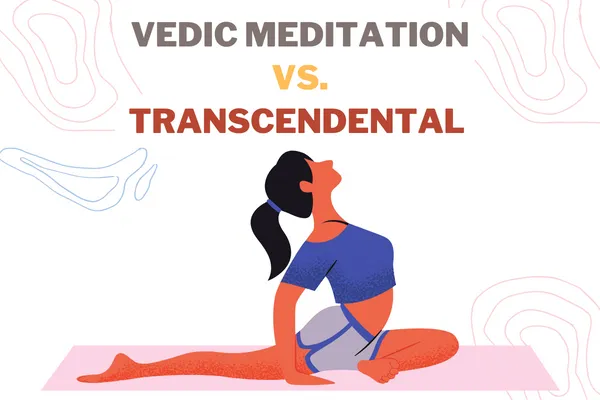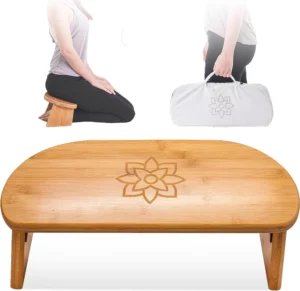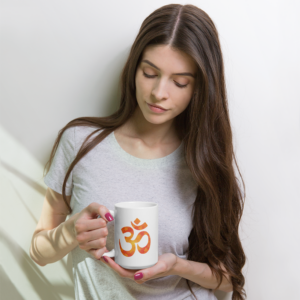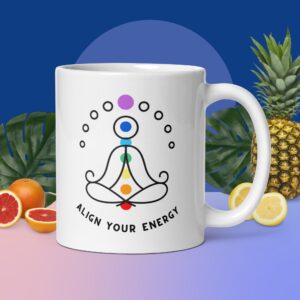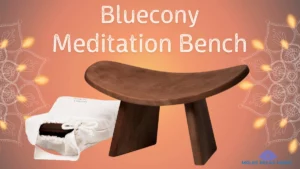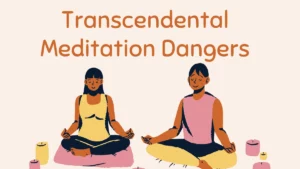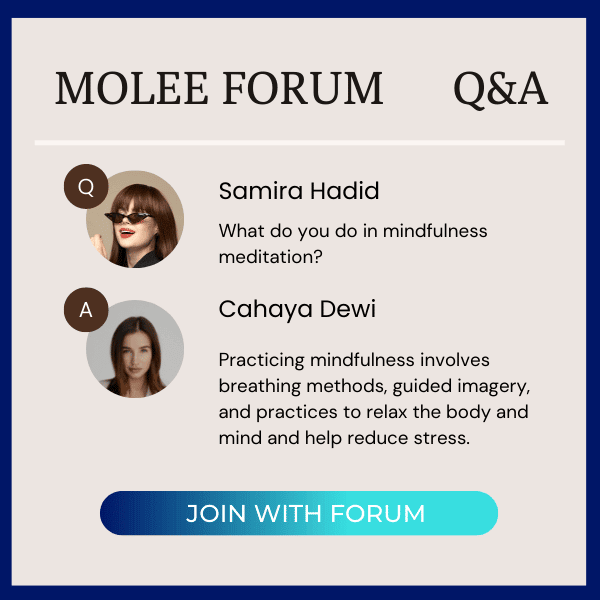Table of Contents
You are familiar with some meditation practices already or you may be interested in meditation practices. There are numerous meditation techniques that people follow today to fulfilling their health benefits both physical and mental.
There is a lot of confusion about the difference between Vedic and transcendental meditation techniques, two of the most popular forms of meditation. Some people think they are the same thing, while others believe that one is better than the other.
In this detailed article, we discuss the differences and similarities between transcendental meditation and Vedic meditation. We will provide a full breakdown of both mediation and at the end, you will able to choose the right meditation for you. Keep on reading and find out the suitable meditation for you.
Transcendental meditation (TM)
Transcendental meditation is a type of meditation that is practiced with the goal of achieving a state of pure consciousness. The practice was popularized in the West by Maharishi Mahesh Yogi, and it has been shown to have a number of potential benefits.
Transcendental meditation is a silent form of mantra meditation that helps reach a relaxed calm state by avoiding distracting thoughts in your mind. It is a natural and straightforward way of meditation practice.
How to do transcendental meditation
It is recommended to have a transcendental meditation instructor for you to practice meditation with his guidance. Your certified teacher provides you with a mantra to chant during your meditation practice to achieve transcendental consciousness.
Steps by step for how to do transcendental meditation
- Find a quiet place, sit in a seat where your feet are on the ground, and keep your hands on your lap. Let your legs and arms be relaxed and uncrossed.
- As a warm-up, in preparation for the meditation, take a couple of full breaths while keeping your eyes closed to lose your body.
- Then open your eyes and then close them again and keep them closed for 20 minutes during the meditation practice.
- Now you have a given a mantra from your transcendental meditation teacher. Read that mantra silently from your brain. Do not tell it loudly.
- If you remember one fact or feel that your mind starts wandering, then keep reading your mantra from the brain for 20 minutes.
- When your practice time is over, bring your attention to the physical sensation. Then end the session with a few deep breaths.
Transcendental meditation mantras
Transcendental meditation mantras are short, simple phrases that are repeated during meditation. While the specific words of a mantra are not important, they can help to focus the mind and allow the meditator to reach a deeper state of consciousness.

Typically the TM mantra is assigned to you by a certified TM teacher but there are mantras that are defined based on age and gender.
TM mantras based on age
| Age | Mantra | Age | Mantra |
| 0 – 11 | Eng | 26 – 29 | Shiring |
| 12 – 13 | Em | 30 -34 | Shirim |
| 14 – 15 | Enga | 35 -39 | Hiring |
| 16 – 17 | Ema | 40 -44 | Hirim |
| 18 -19 | Aing | 45 – 49 | Kiring |
| 20 – 21 | Aim | 50 -54 | Kirim |
| 22 – 23 | Ainga | 55 – 59 | Sham |
| 24 -25 | Aima | 60 + | Shama |
TM mantras based on gender
| Male | Female |
| Ram | Shiram |
| Ing | Im |
| Aing | Aim |
| Shiring | Shirim |
| Shiam | Shiama |
Personal TM mantras
In addition to the above mantras, you also have the ability and right to choose a mantra to access the cosmic consciousness. The mantras you have chosen are called personal mantras.
For this, you need to think about yourself and the thing that you like to achieve through meditation practice or the thing that you want to fix in your life. Then you require to establish an intention for the meditation.
For example, if you want to feel peace or become calm. Then you need to find a corresponding transcendental meditation mantra that delivers your intention.
| Your Intention | Suitable Mantra |
| You want to feel the peace | I am peace |
| You want to become calm | I am a river that steadily flows |
Benefits of Transcendental meditation technique
It’s no secret that meditation is good for you. Let’s check the benefits that you gained through transcendental meditation.
1. Improves cardiovascular health
Research studies have proven that transcendental meditation helps you to lower blood pressure and reduce the risk of having heart disease and strokes.
2. Reduces stress and anxiety
Transcendental meditation has shown its applicability to the reduced stress hormone and anxiety. It can reduce different symptoms of anxiety disorders including post-traumatic stress disorder, panic disorder, and general anxiety disorders.
In addition, TM helps people who are dealing with stressful situations at their work and improves coping skills with co-workers.
3. Enhanced the brain function
TM is beneficial for improving your brain functions along with increasing memory and cognitive performance. Meanwhile, you feel that your focus and concentration also improved significantly. These benefits are crucial for enhancements in decision-making, creativity, and executive functioning.
4. Improves sleep quality
You will be amazed by the sleep quality after you do transcendental meditation. The sleeping time is increased and you will get full 8-hour deep sleep without interruptions. And you will notice you will fall asleep in less amount time and your sleep will be smooth and comfortable.
Vedic Meditation
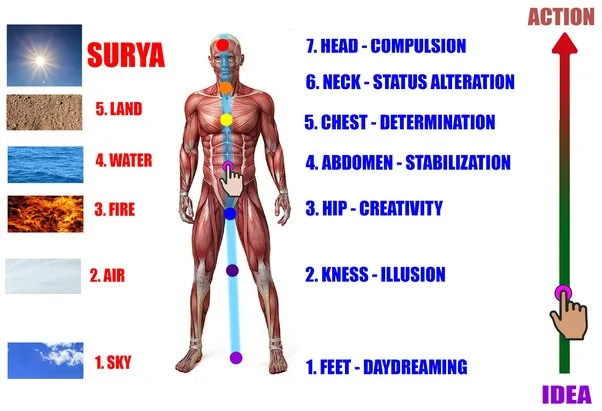
Vedic meditation is a type of meditation that originated in India. The word “Vedic” comes from the Sanskrit word “Veda,” which means “knowledge.” Vedic meditation is based on the teachings of the Vedas and Vedic tradition. The Veda is a collection of ancient Indian texts that are more than 5000 years of age.
The goal of Vedic meditation is to still the mind and achieve a state of inner peace. There are many different techniques that can be used to meditate, but all of them involve focusing on a mantra or sacred sound. Vedic meditation is suitable for busy mind people.
The repetition of the mantra helps to quiet the chatter of the mind and allows the meditator to become more aware of the present moment. In addition to providing inner peace, Vedic meditation has been shown to improve mental and physical health.
How to do Vedic meditation
- First, decide how long you would like to do meditation. You can start from 10 minutes if you are a beginner and expand it up to 40 minutes per session when you are becoming an experienced meditator.
- Then choose a Sanskrit mantra for you. We will list down a set of mantras that you can select. Understand the meaning of the mantra as well.
- Find a quiet and comfortable place for you, It can be a comfortable cushion or chair and needs to be far away from your daily activity place.
- Have a comfortable sitting posture for you and start a body scan gently. Have a few deep breaths and let your stress with each exhale.
- Remember your chosen mantra both wordings and meaning that is selected from step 2.
- Start to repeat the mantra slowly, softly, and a little loudly in the beginning. You need to pay attention to the feeling of the sound and how you feel the vibration. You will feel the vibration from your throat, heart, and stomach. Focus your mind on the place you feel the most vibration.
- You need to record the place where your attention is at from time to time. If your attention goes out from the place where you got the highest vibration, then you need to repeat the mantra more silently than the previous one and focus on the vibration point.
- You need to do until you repeat the mantra silently and take a silence without repeating the mantra. You can lengthen the time period between mantra repeats. If feel distracted during the silence time, you can start repeating the mantra.
- After the selected time period is over you can return to body awareness by sensing the physical body.
- Have a couple of deep breaths at the end and you can finish the meditation session.
Vedic Meditation mantras
Vedic meditation involves focusing on a mantra, word, or phrase that is repeated over and over again. The usage of mantras is to become calming and therapeutic, and they can help you to achieve a state of deep relaxation. Let’s take a closer look at a few Vedic mantras and their meaning.
The Vedic Mantra is based on the sound of OM, which is considered to be the sound of the universe. This sacred sound is thought to vibrate with the energy of creation, and it can help to connect us with our higher selves.
Read our full article on Vedic Meditation Mantras to discover the full potential of vedic meditation.
1. OM
As mentioned earlier the ‘OM” sound represents the sound of the universe according to Indian philosophy and is related to pure consciousness. You will be able to remove your personal worries and connect with the universe by chanting this mantra.
2. So Hum
This mantra is built from three syllables ( SOng , Hung, Mee ), and these syllables create a vibration that enables our thoughts to become relaxed and behave like feathers. The power of the mantra brings peace to us and connects with our innermost desires.
Your mind becomes quieter and quieter when you repeat the mantra. The meaning of the mantra is ‘I AM THAT’ and you can connect with pure consciousness.
3. Om Mani Padme Hum
This most famous and commonly chanted mantra brings peace and happiness to the meditators. The meaning of the Buddhist mantra is the ‘Jewel in the lotus’.
This mantra invokes your power of transformation, your ability to overcome and find the jewel in difficulty. According to Buddhist philosophy, the mantra represents both the goal of enlightenment and the method for achieving it.
Benefits of Vedic meditation
Vedic meditation is receiving a lot of attention lately. Vedic meditation comes from the ancient Indian tradition and has been shown to have a lot of benefits. Here are some of the benefits when you practice Vedic meditation.
Reduce stress and anxiety
Reduce symptoms of irritable bowel syndrome
Treat anxiety, depression, and insomnia
Cut down ulcerative colitis
Regulate the immune system
Boost cognition and Improve creativity.
Reduces inflammation in the body
Increase the brain’s efficiency in executing attentional network
Promotes positive emotions like happiness, love, and compassion.
Difference between Vedic and Transcendental meditation
Transcendental and Vedic meditation share a lot of common similarities but there are a few highlighted differences.
- Both meditations have a closer connection with Vedic forms of meditation techniques. Vedic meditation is the general meditation practice while transcendental meditation is a more customized version and provides personal mantras for the meditation practitioner.
- Vedic meditation can be self-taught by acquiring the required knowledge from meditation books and other forms of knowledge sources like programs, workshops, and videos. But transcendental mediation is considered to learn from a certified TM teacher.
- You can select the corresponding mantra for Vedic meditation on your own from a set of mantras. But in Transcendental meditation, your TM teacher explains the TM technique and offers the personal mantra for you.
- You are focused on the sound of the mantra when doing Transcendental meditation and it helps to quiet your mind. In Vedic meditation, you pay attention to both the highest vibration center of your body and the sound of the mantra.
- You need to sit in a specific position when you doing transcendental mediation. Your feet on the ground and hands on your lap without crossing your legs or arms. But in Vedic meditation, a specific seating position is not required and you can sit in a comfortable position.
Is Vedic meditation the same as transcendental meditation?
Yes, Both meditations are quite similar to each other. Let’s consider some similarities.
1. Both meditations follow Vedic form and the TM technique can be considered as the branded form of Vedic meditation practices. And TM was popular with Maharishi Mahesh yogi and his teachings around the world, especially in the west during the 60s and 70s. The David Lynch Foundation also contributed to the spread of the TM technique among celebrities in the USA.
2. The sound of the mantras is used to calm your mind during meditation. Most of the mantras are from the Sanskrit language or may be customized mantras based on the meditator.
3. Both meditations are required daily practice and they are not difficult to do regular practice.
4. The benefits of both meditations have common benefits such as lowering blood pressure, enhancing well-being, improving cognitive ability, having better sleep quality, and improving focus and concentration.
The Key Takeaway: Vedic Vs Transcendental meditation
Both meditations are based on mantras and use the manta as the tool to relax and calm down the mind and reach pure awareness and consciousness. The benefits you are getting from both meditation techniques are quite similar.
The highlighted difference is you required a certified TM teacher to follow transcendental mediation. Your teacher provides the personalized mantra for you and personal instruction for the meditation practice. Vedic meditation is a much free form of meditation technique where you can choose your mantra on your own and pay attention to both sound of the mantra and the vibration of your body.
FAQs on Vedic vs Transcendental meditation program
Is transcendental meditation Hindu?
The origin of transcendental meditation technique is coming from Hinduism. But it is a non-religious form of meditation for self-practice.
Who is the founder of Transcendental meditation?
Maharishi Mahesh Yogi is the guru of transcendental meditation and he expanded meditation around the world in the 1970s.
Who started the Vedic meditation technique?
Vedic meditation comes from an ancient Indian text called Vedas and started in 5000 years ago. These texts are based on the Hindu religion.
What is the most powerful mantra?
The Shiva Gayathri mantra is a very powerful mantra and it delivers peace of mind and pleases Lord Shiva.
When should we do Vedic meditation?
Vedic meditation can be done in daily regular practice, 20 minutes per session and 2 sessions per day. You can choose your own mantra and practice it.
References
- Is ADHD a Stress-Related Disorder? Why Meditation Can Help [LINK]


